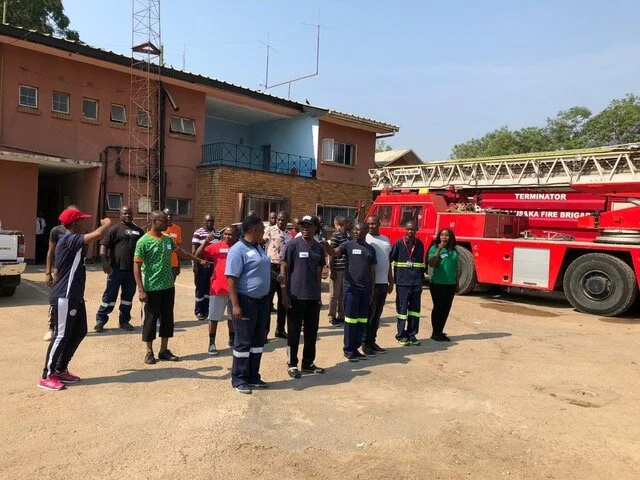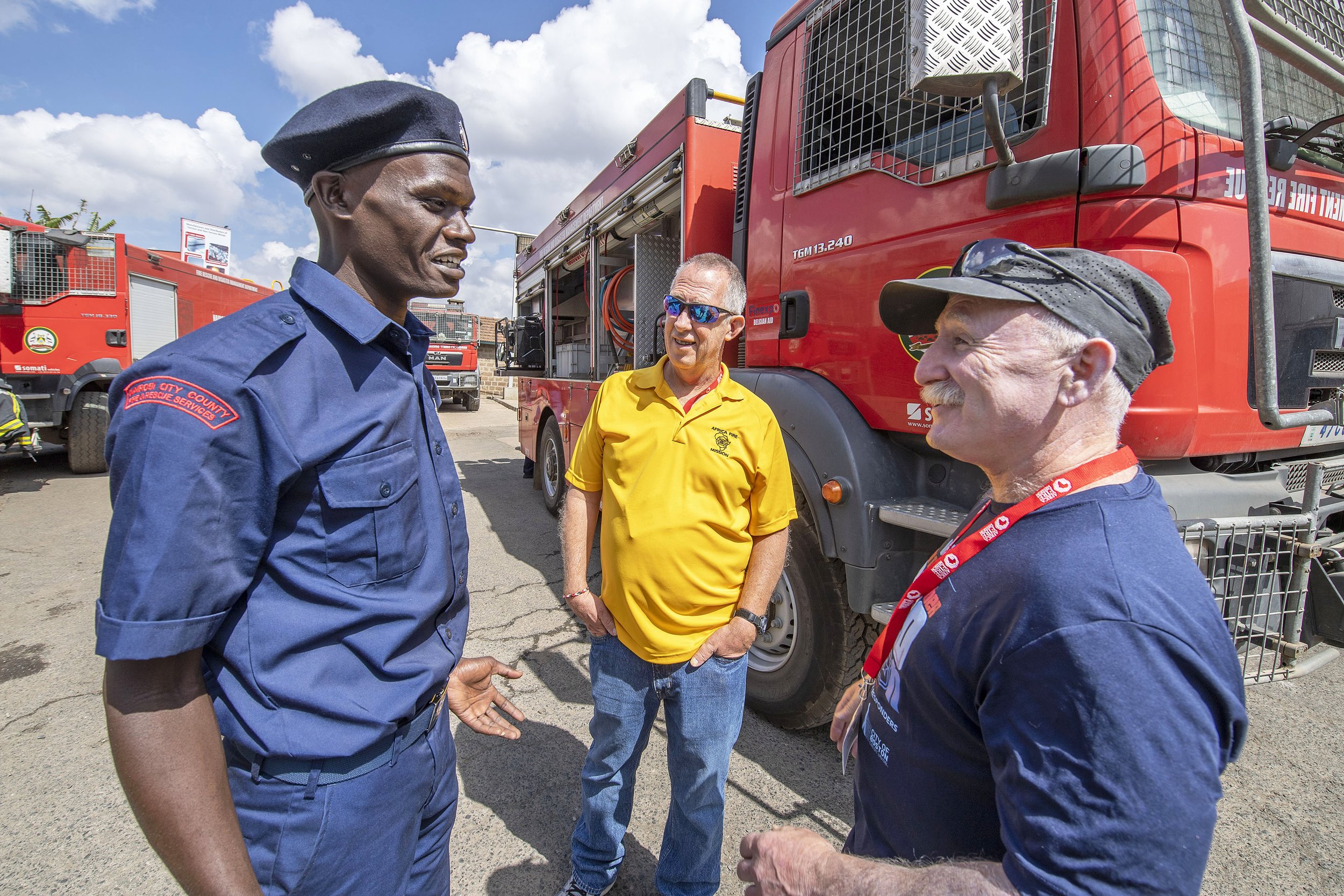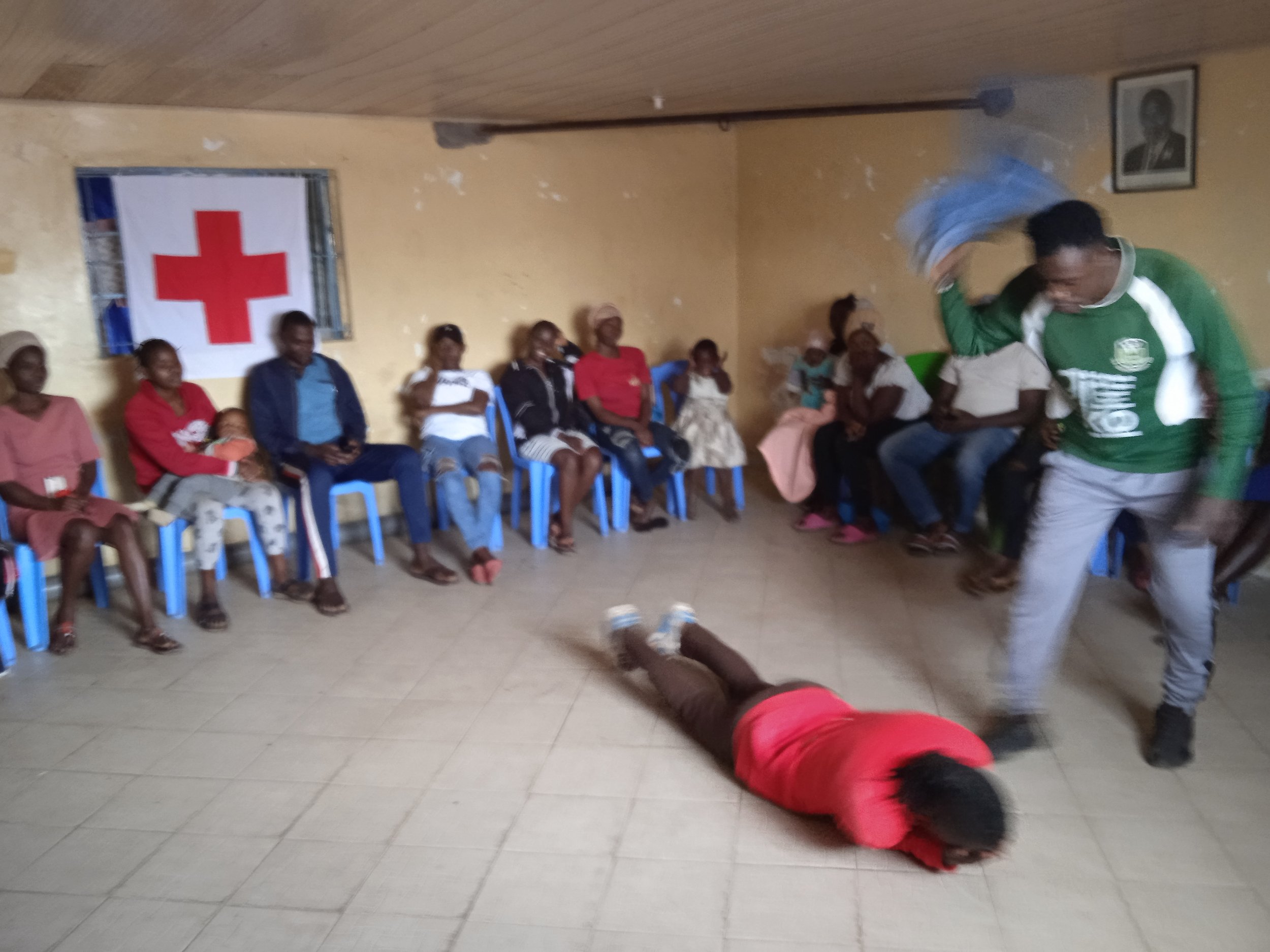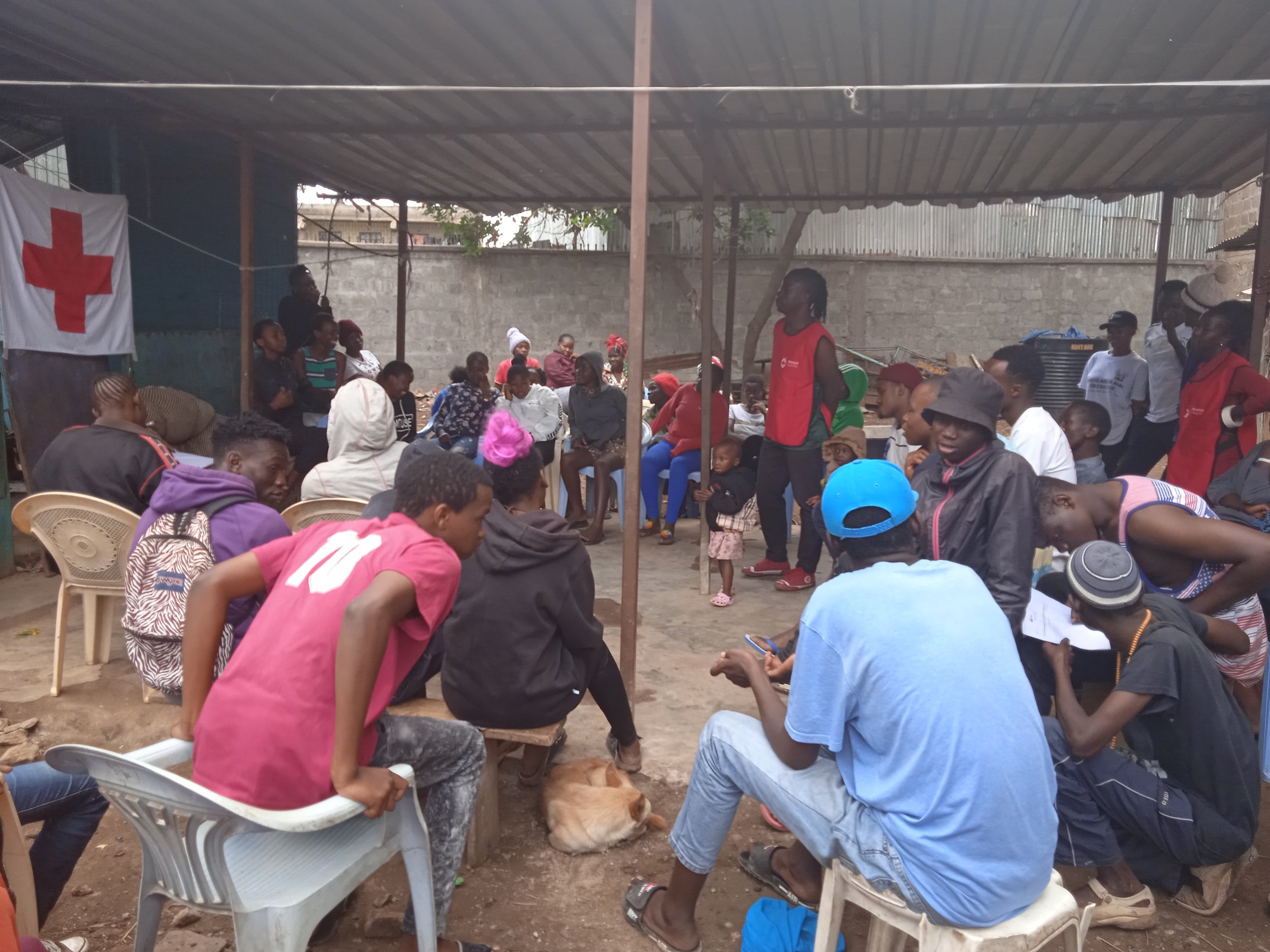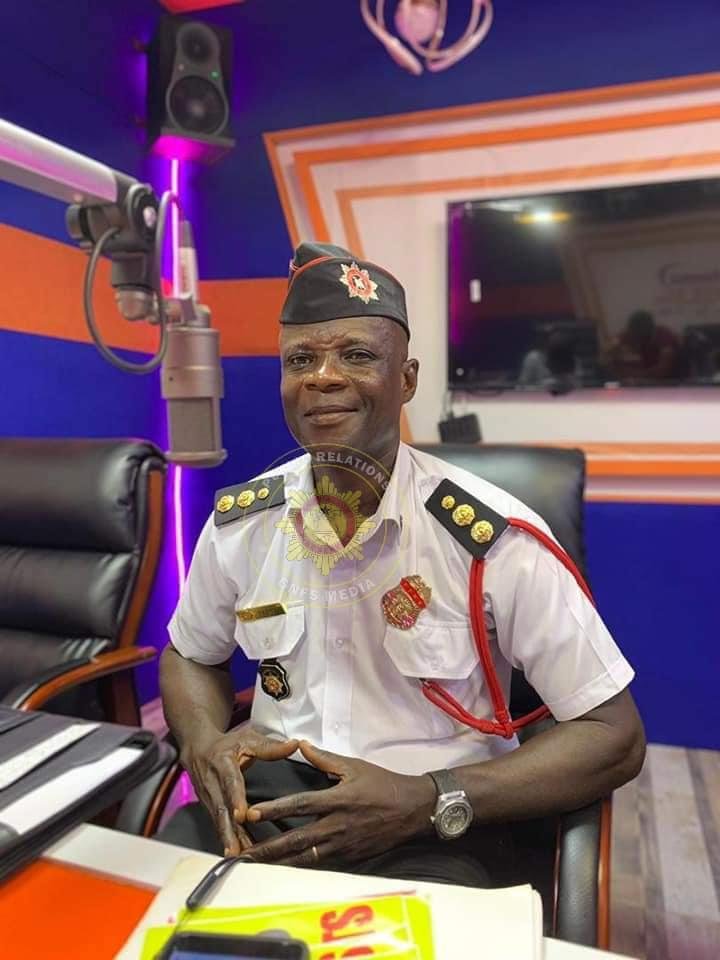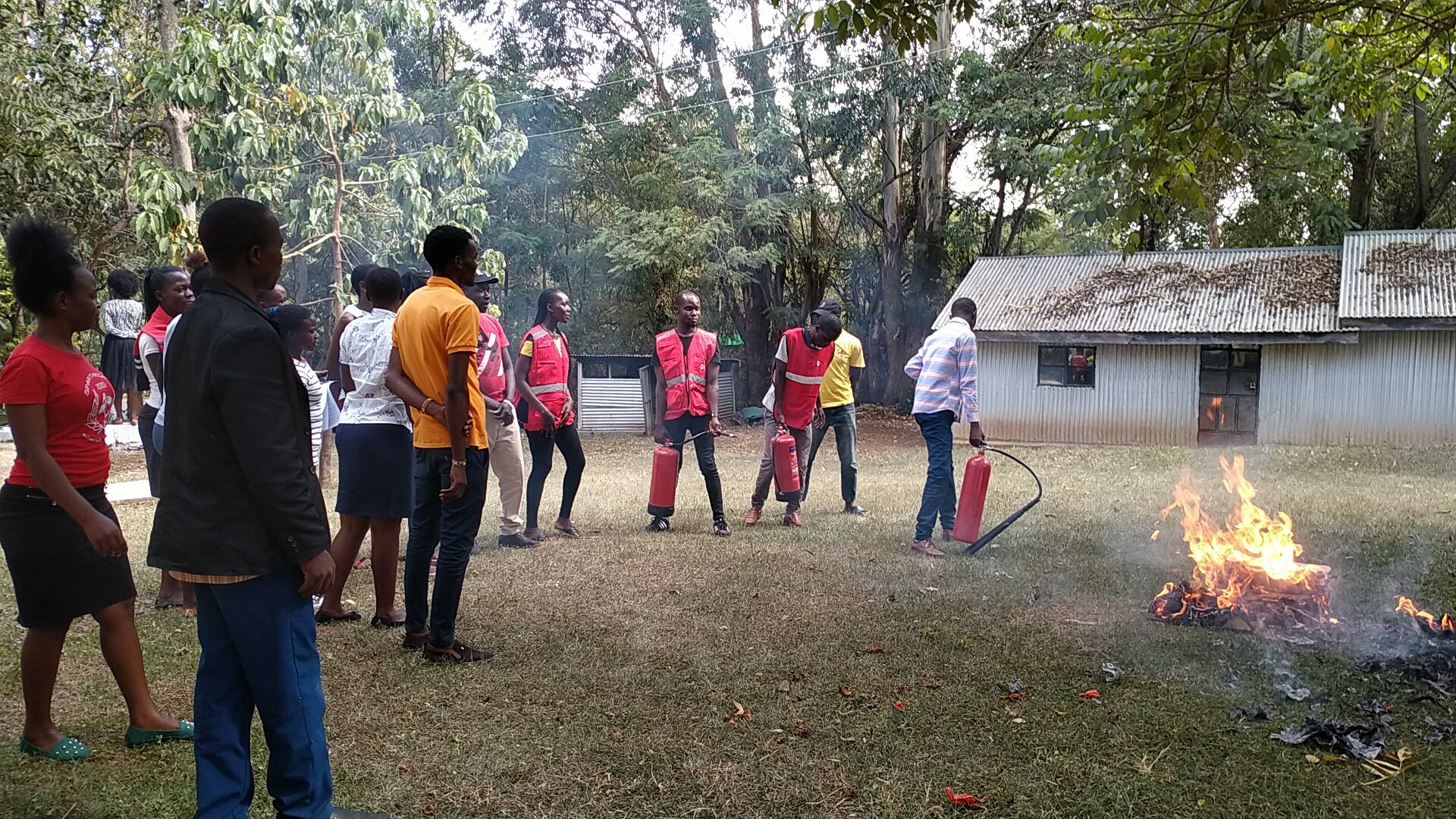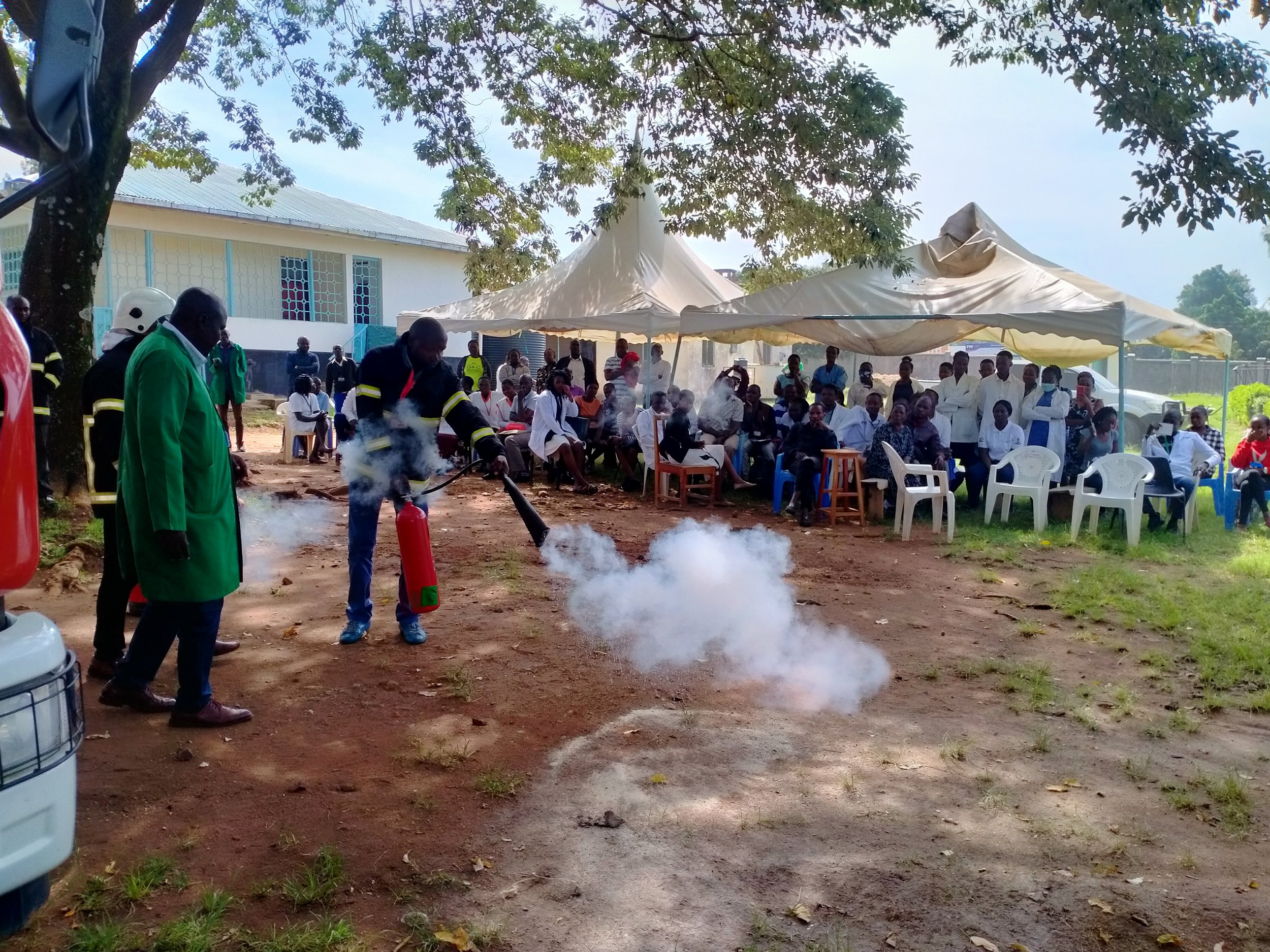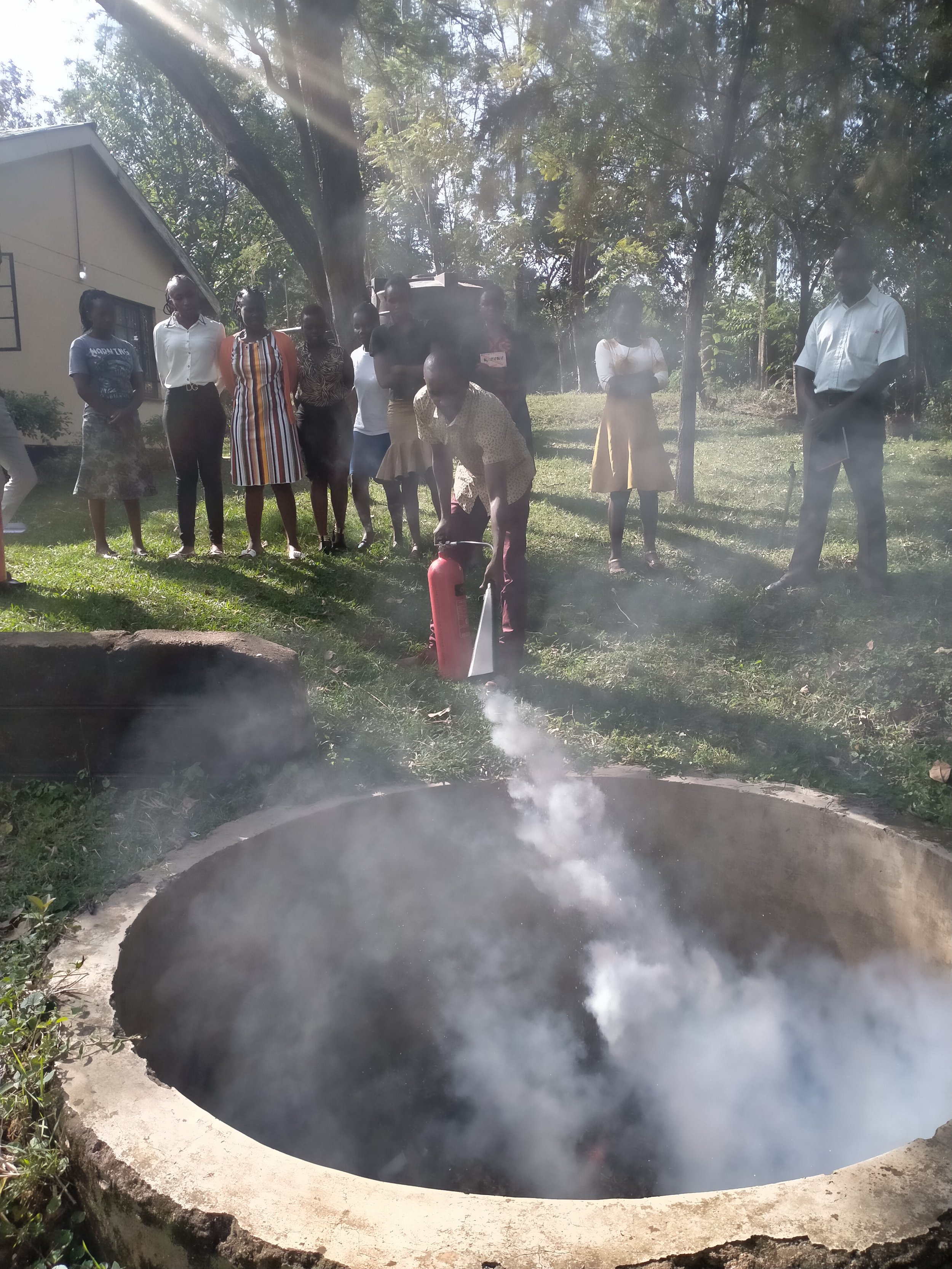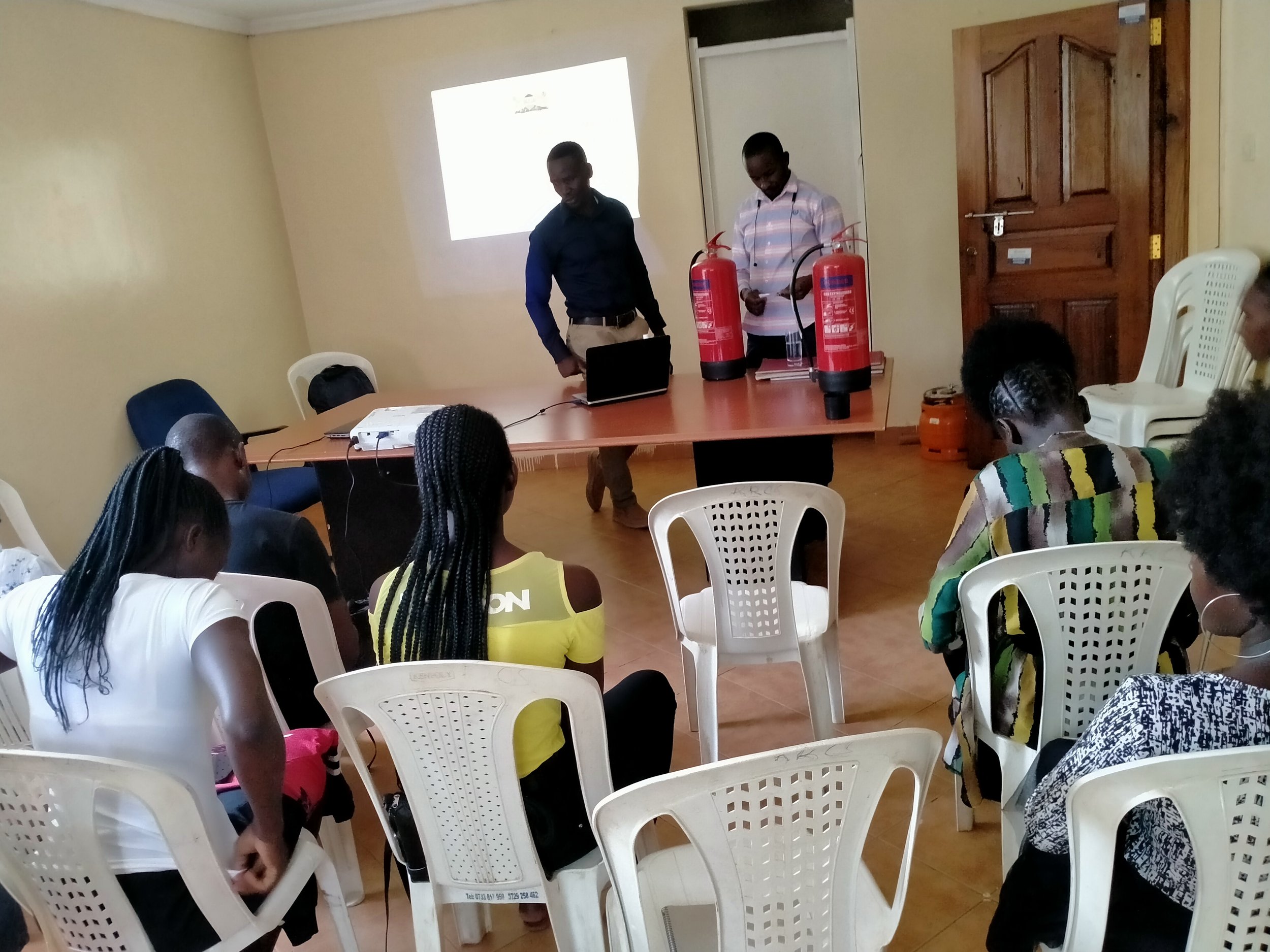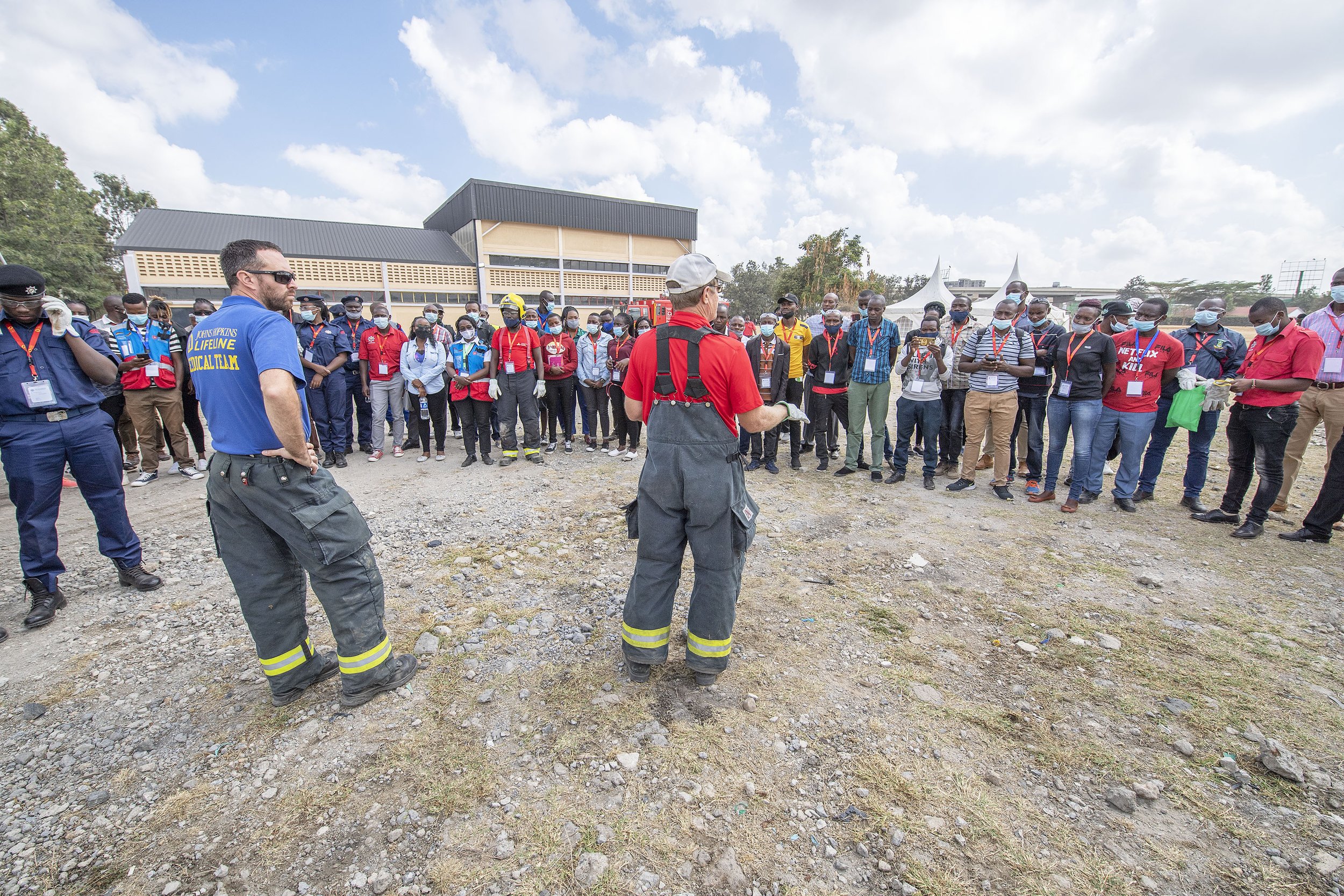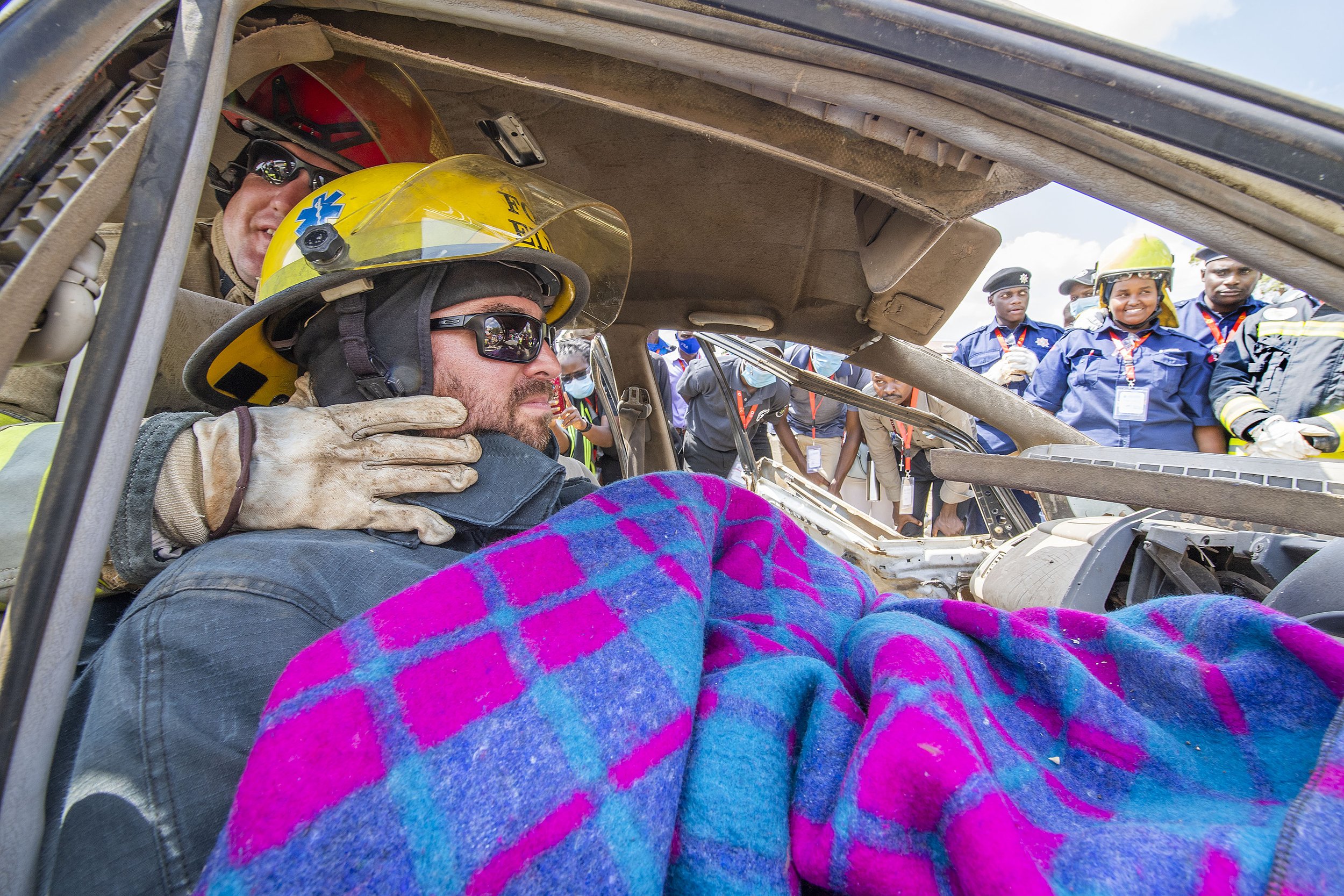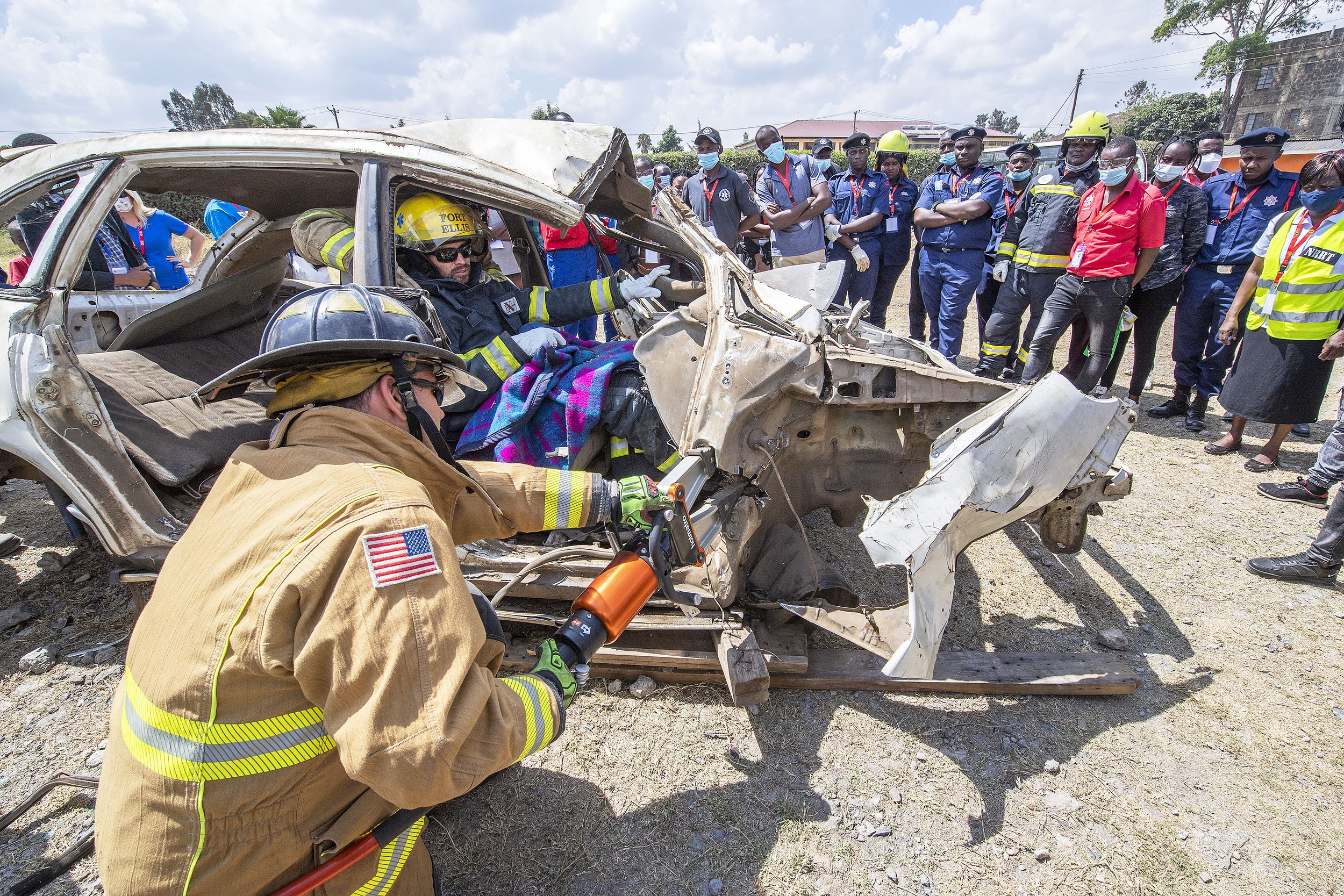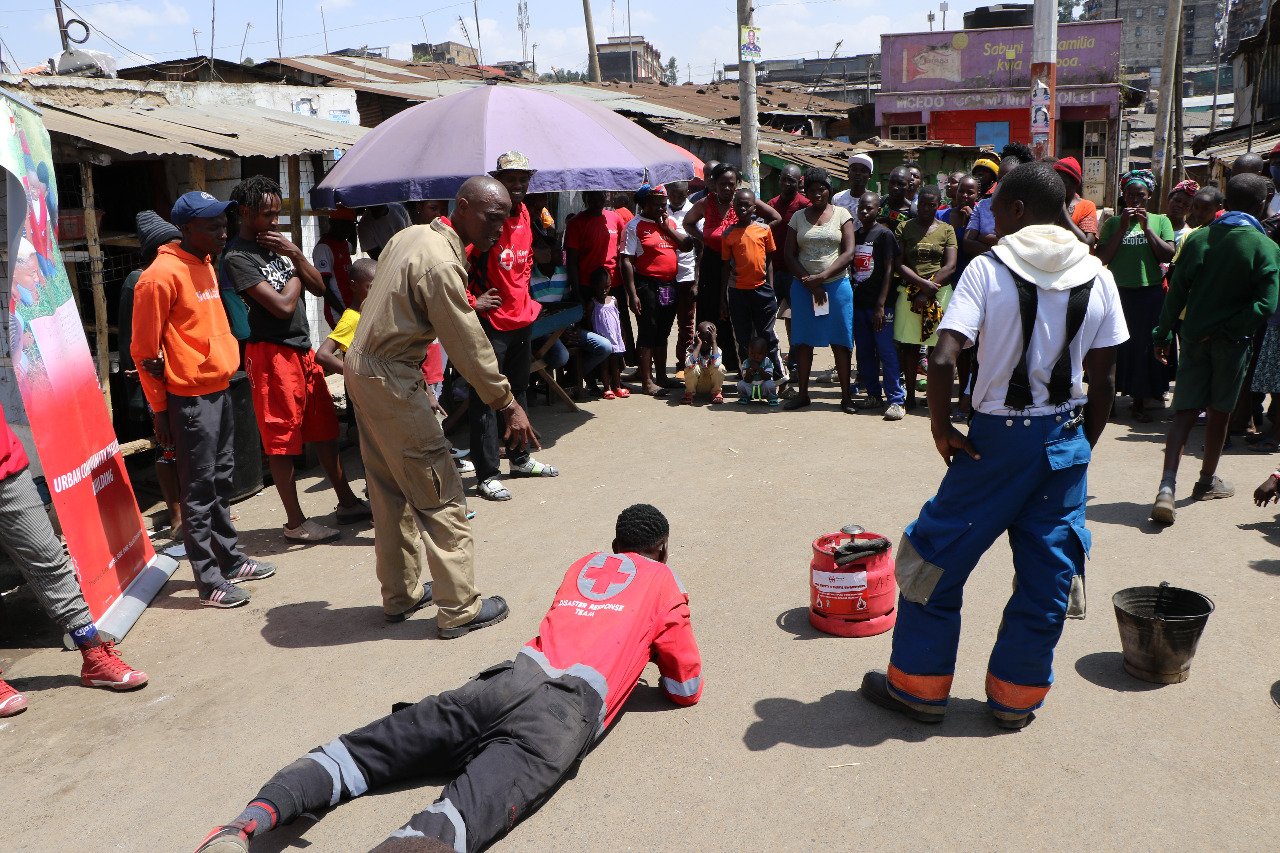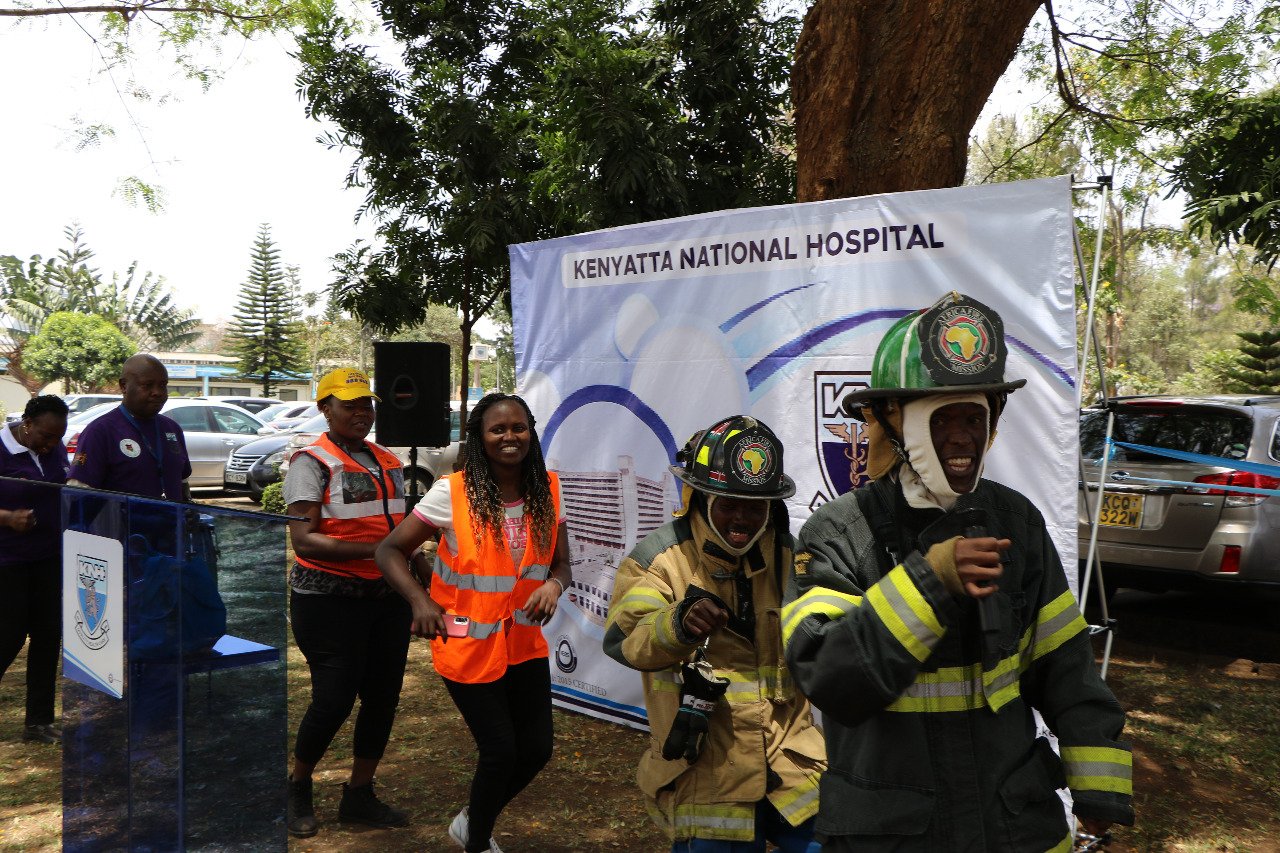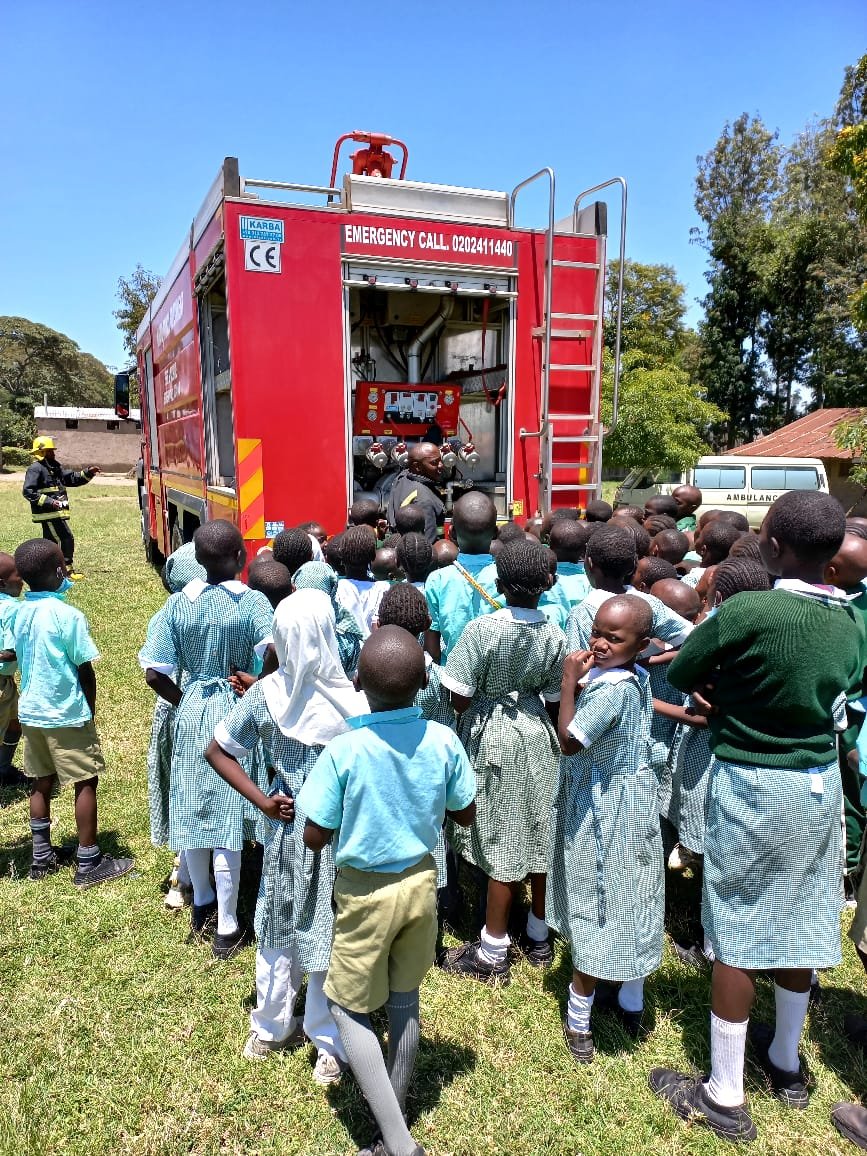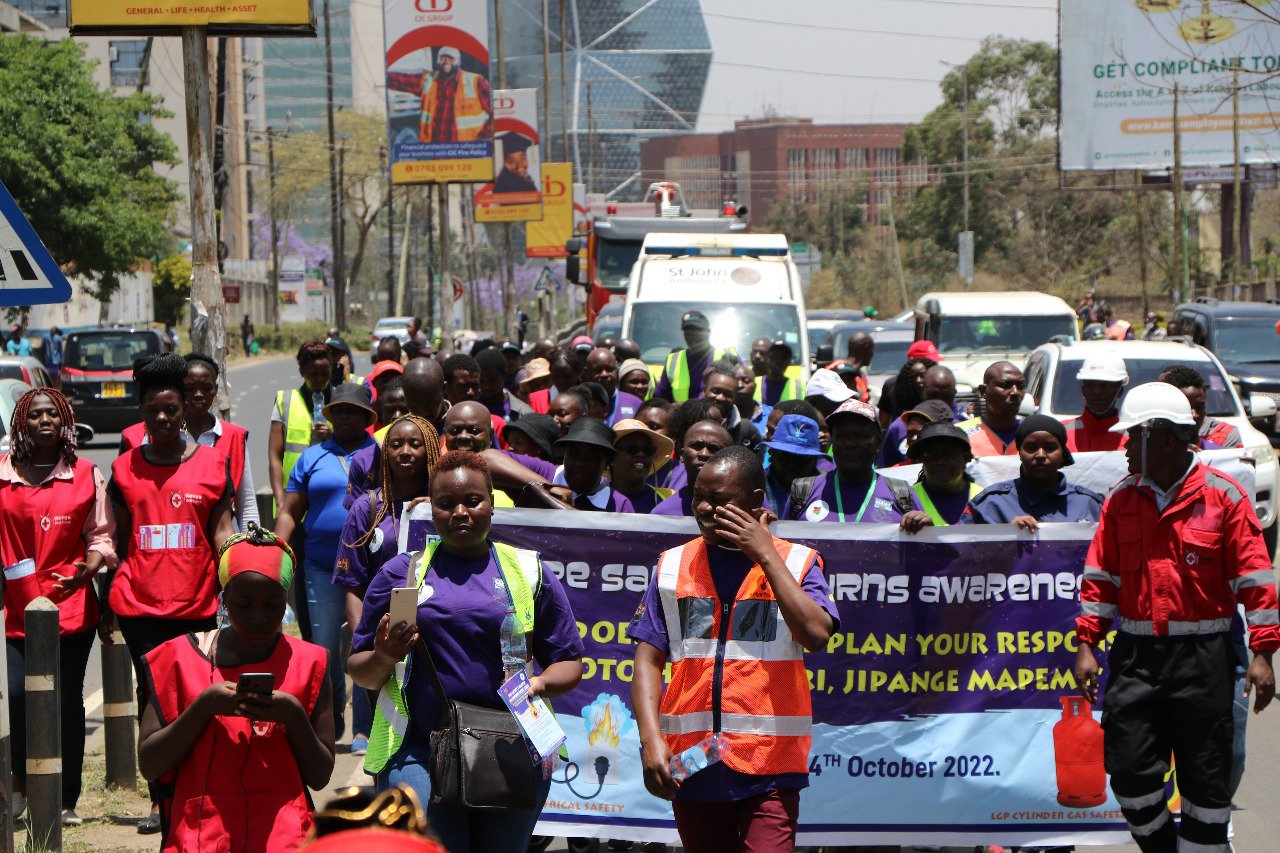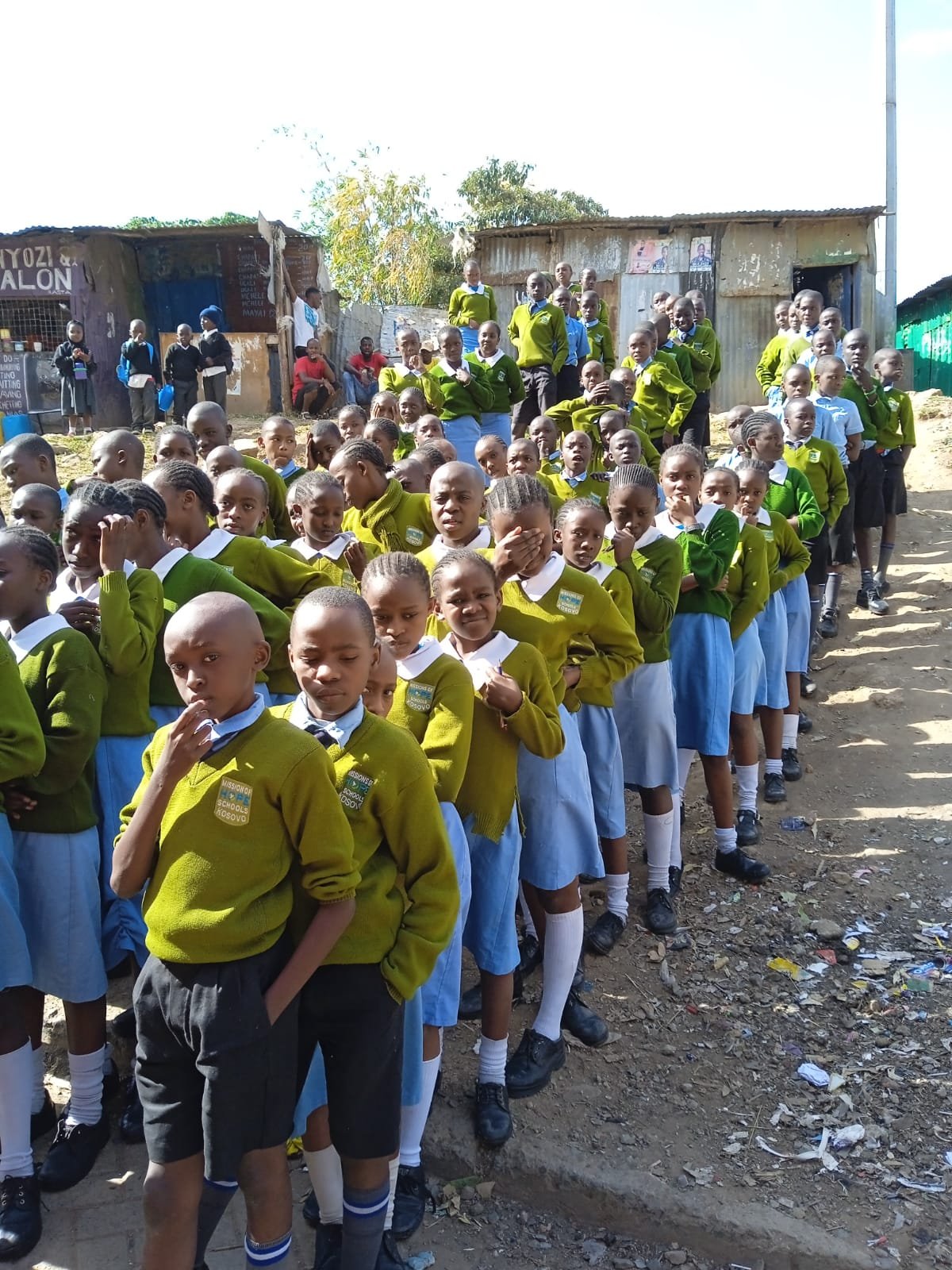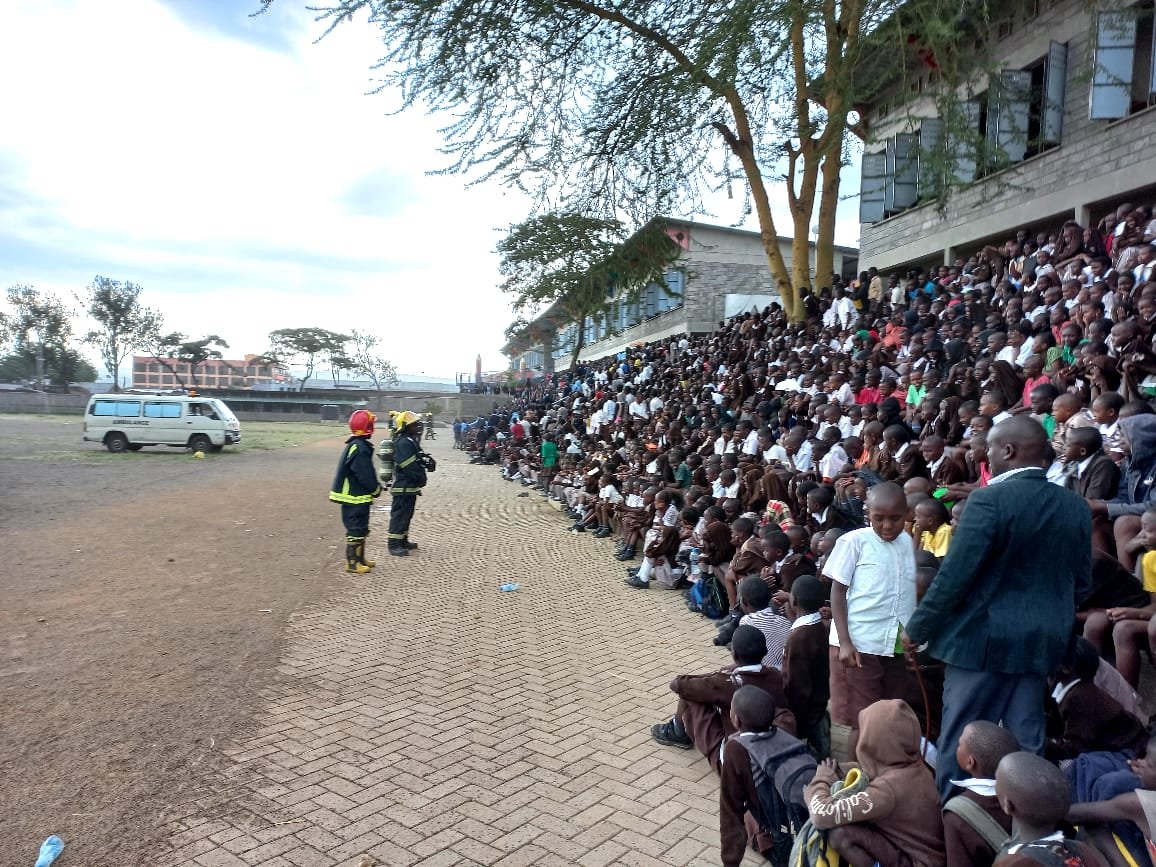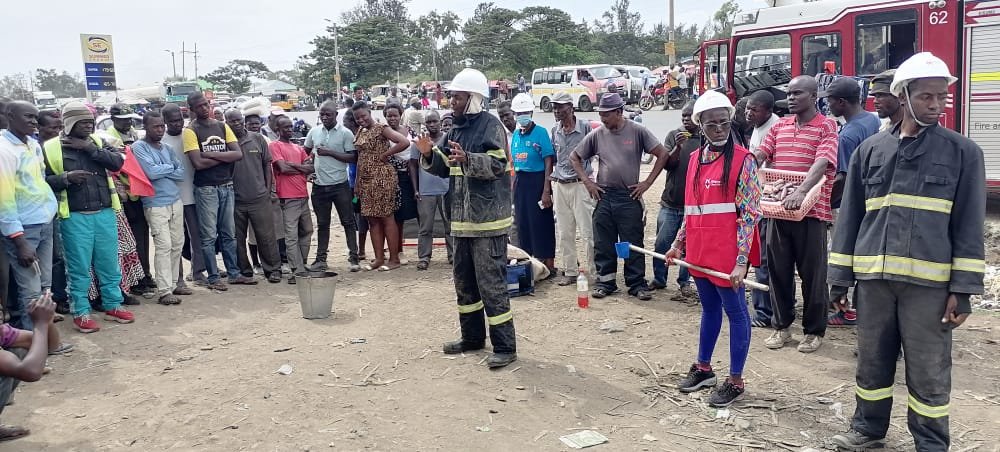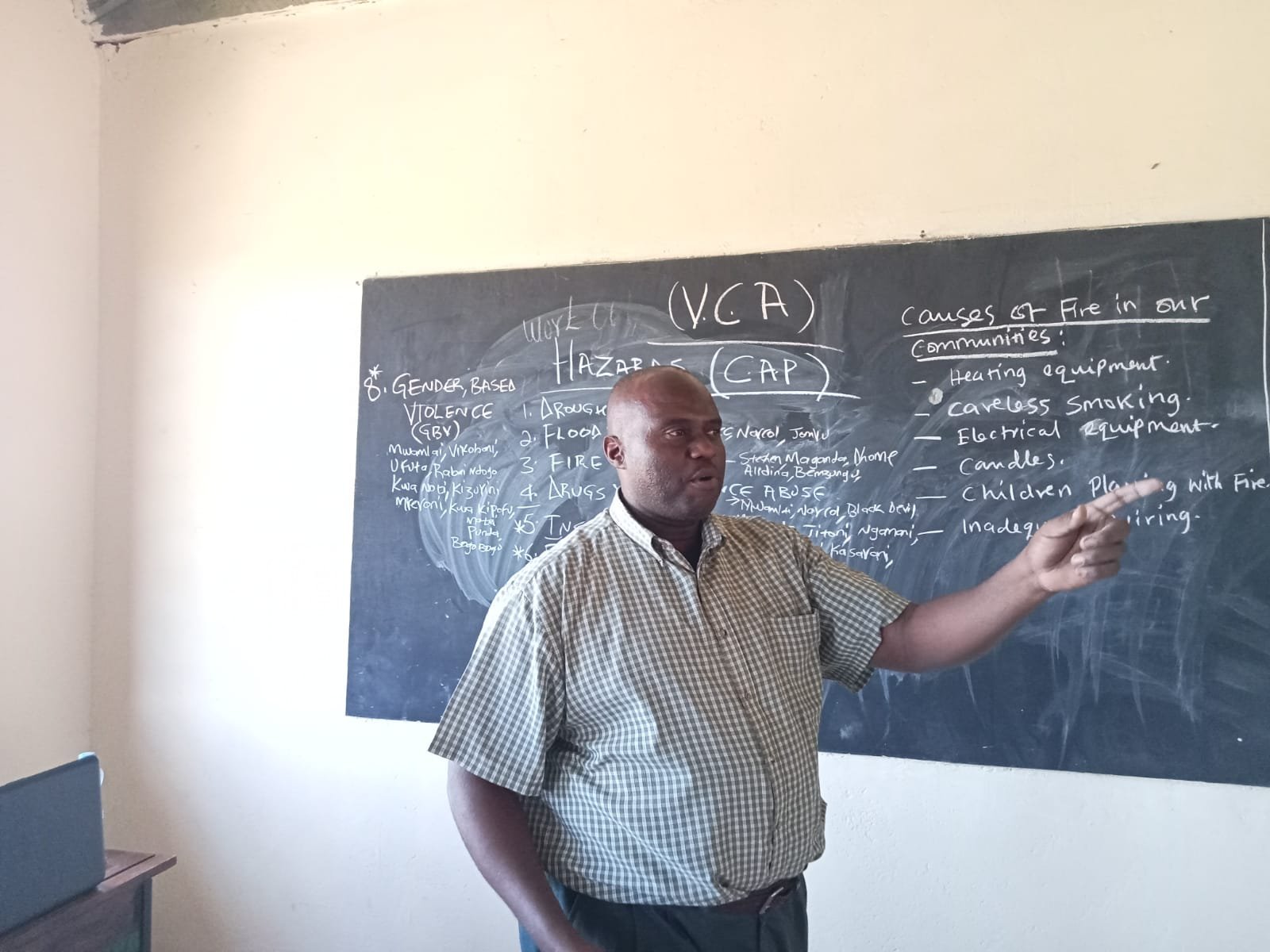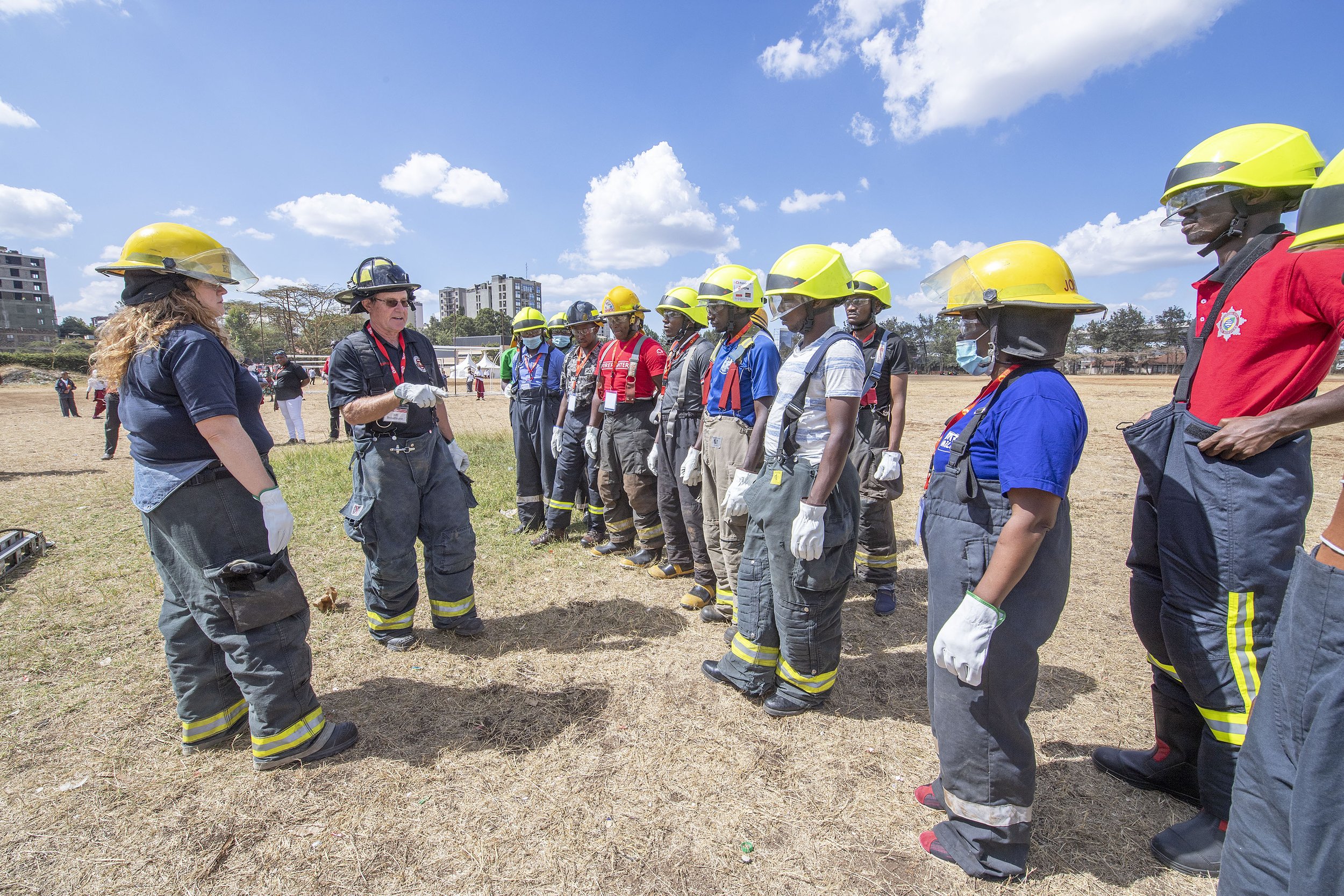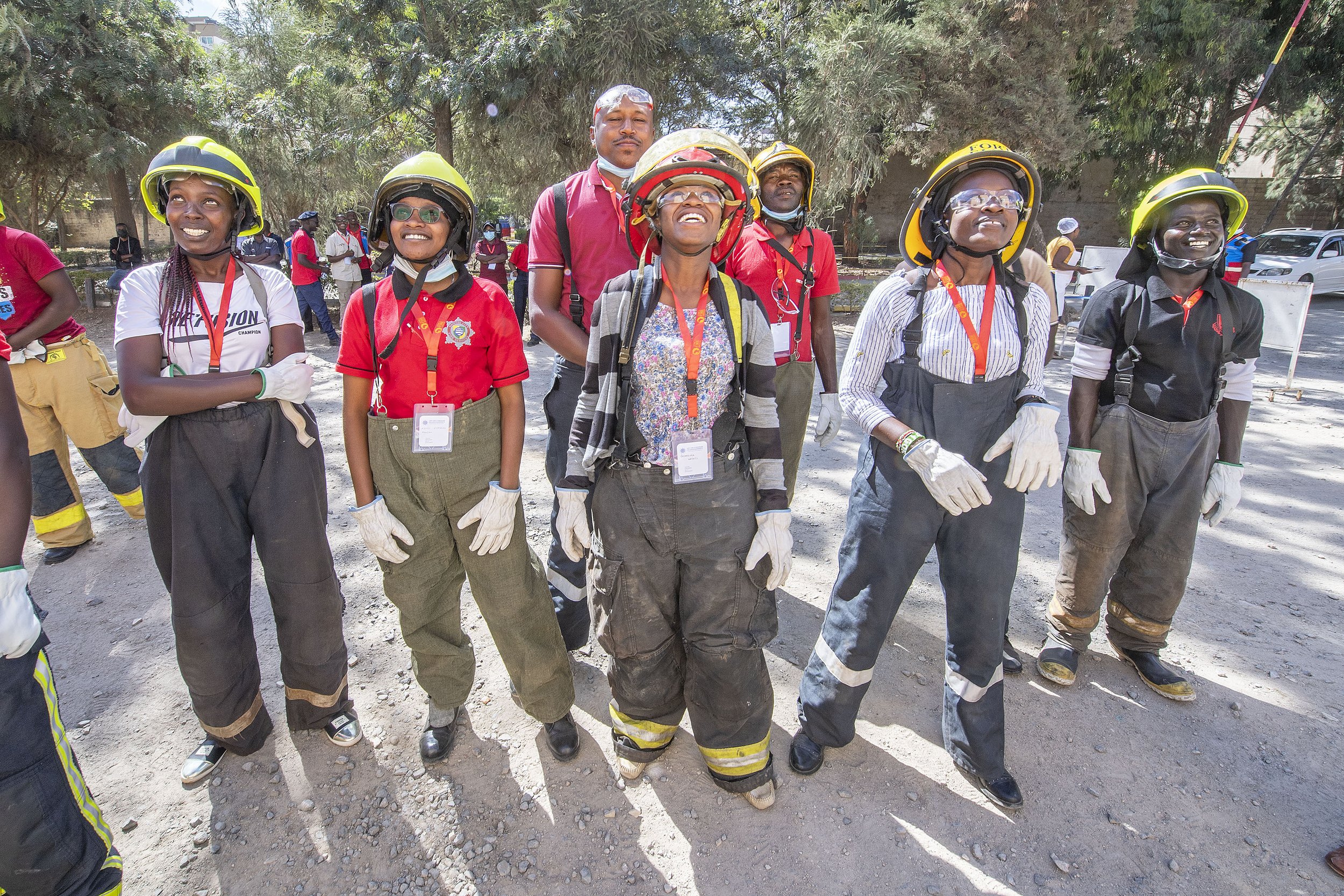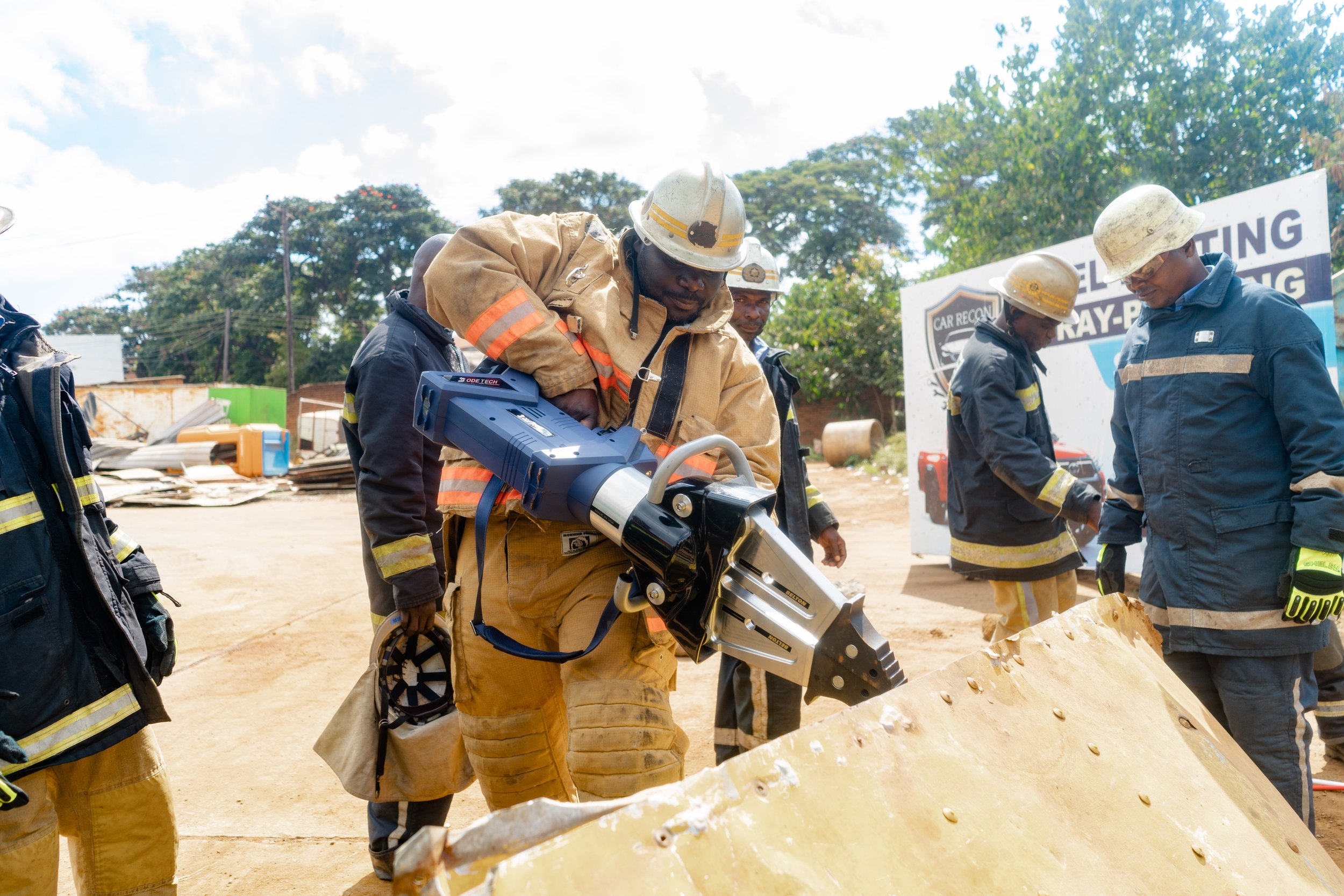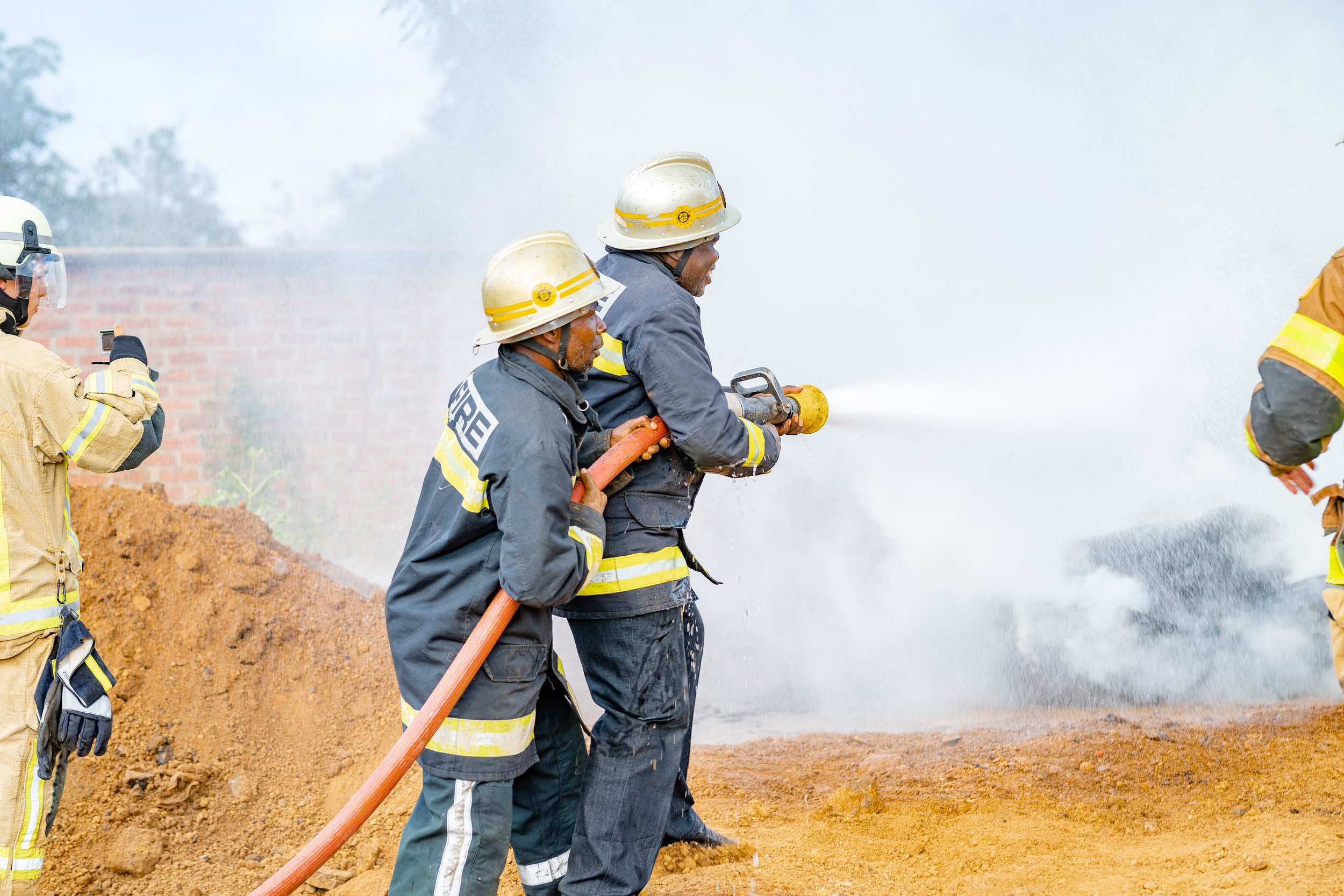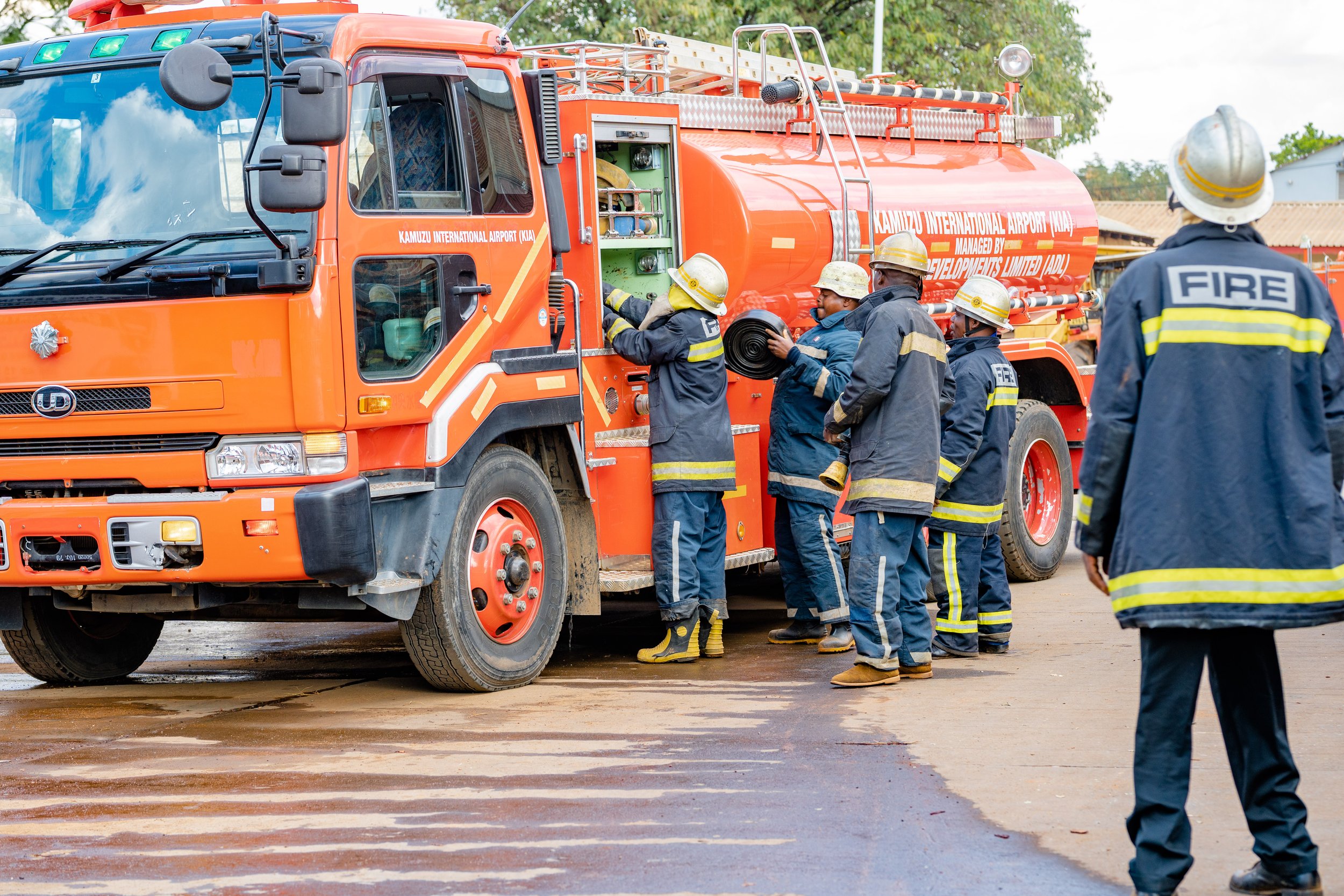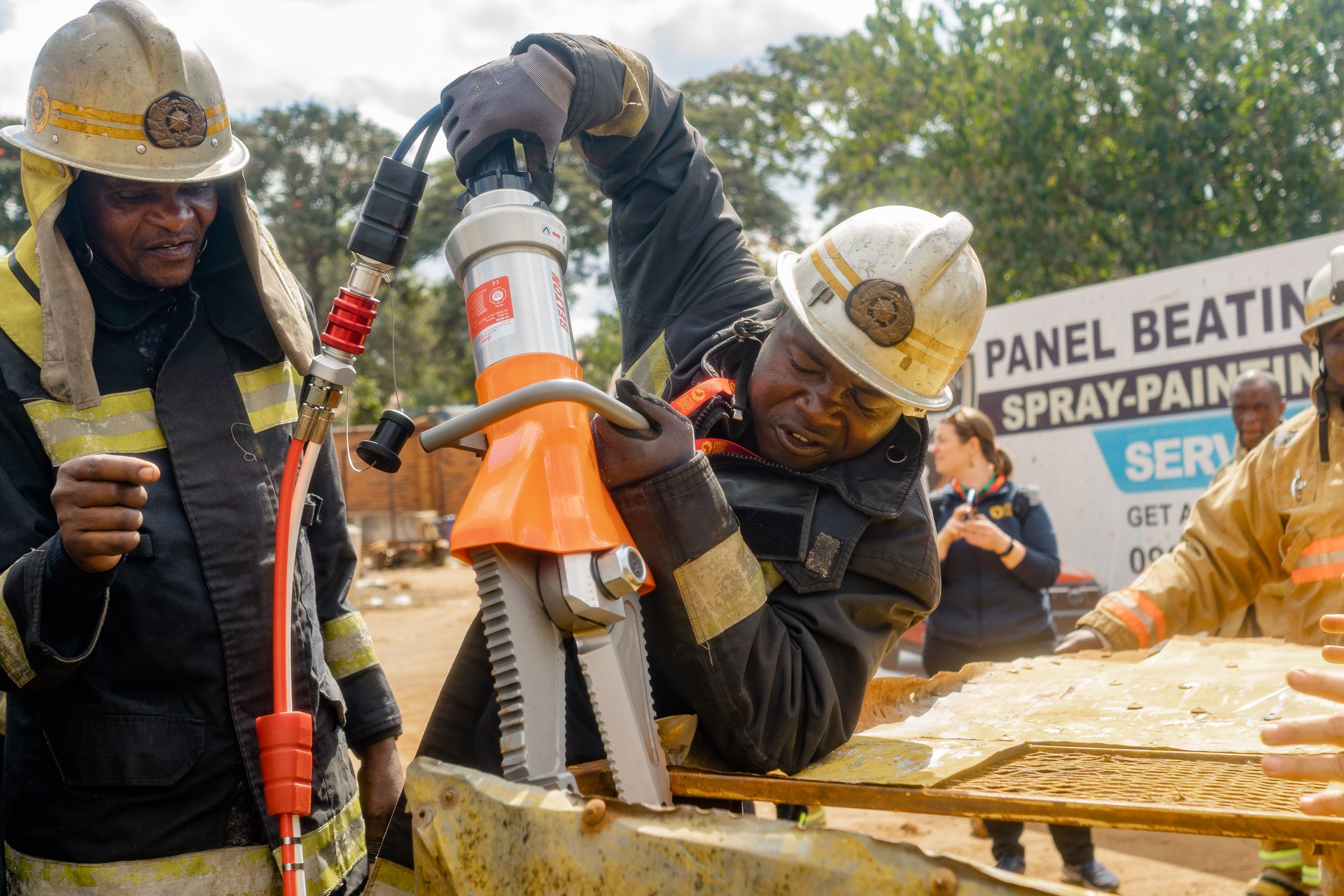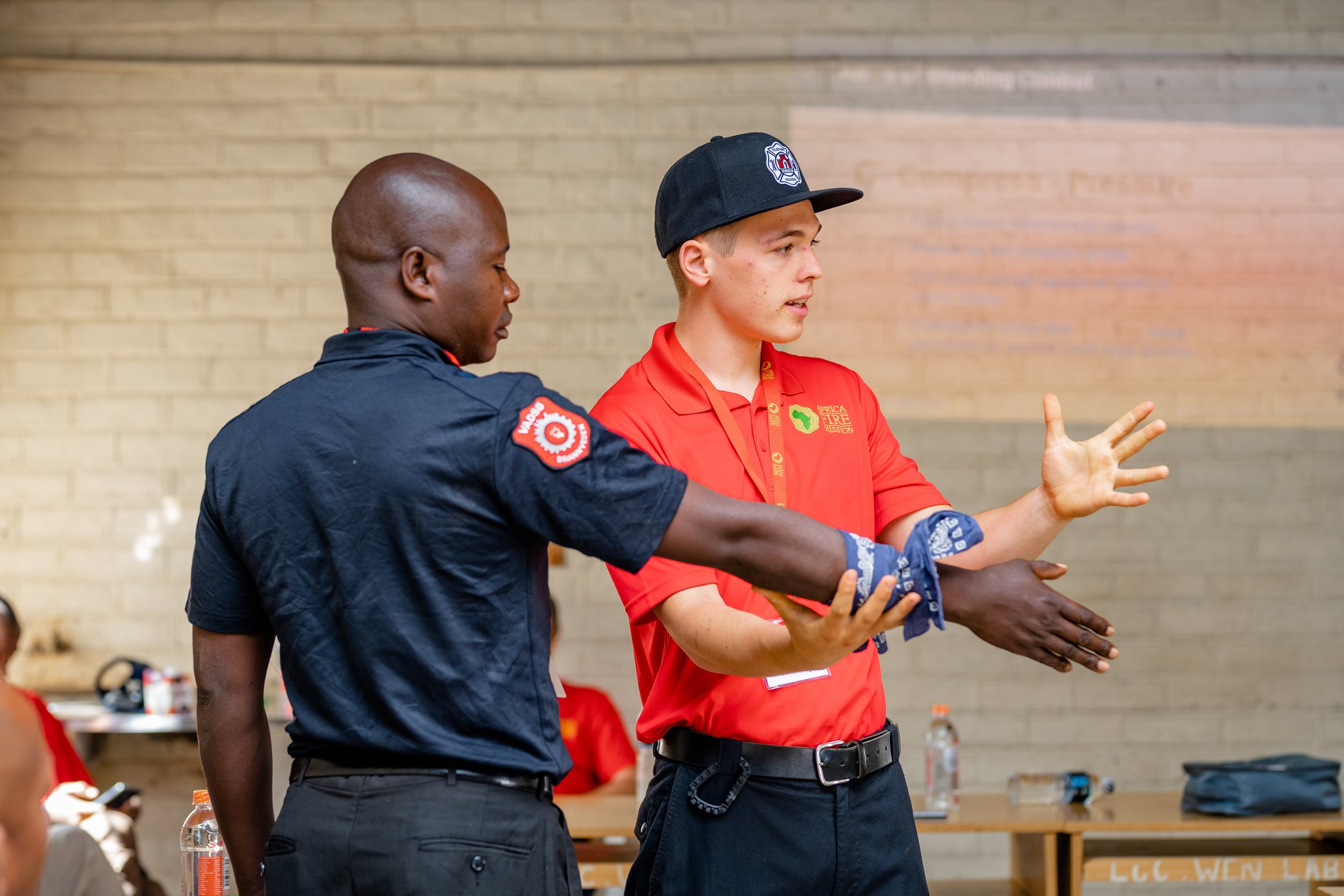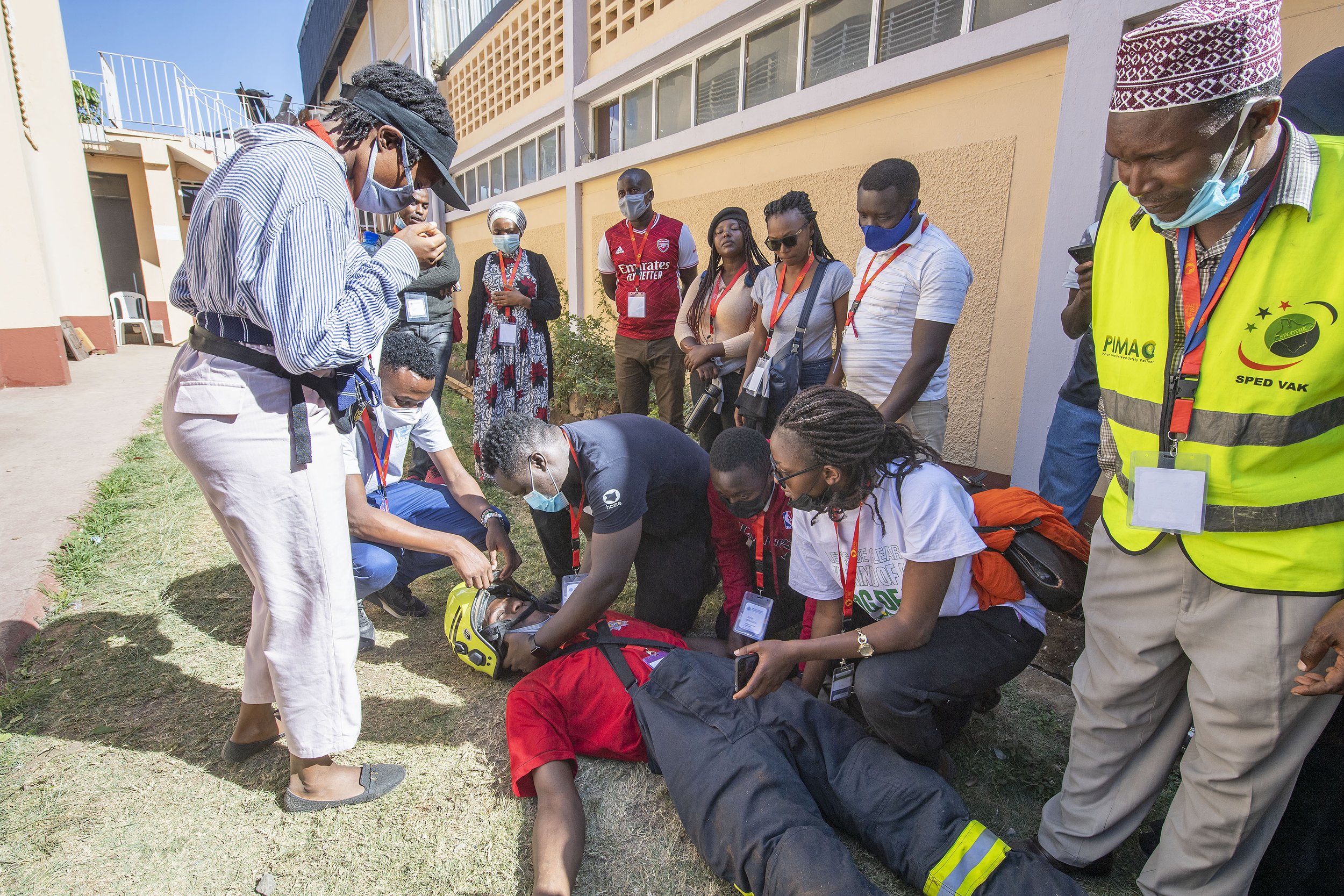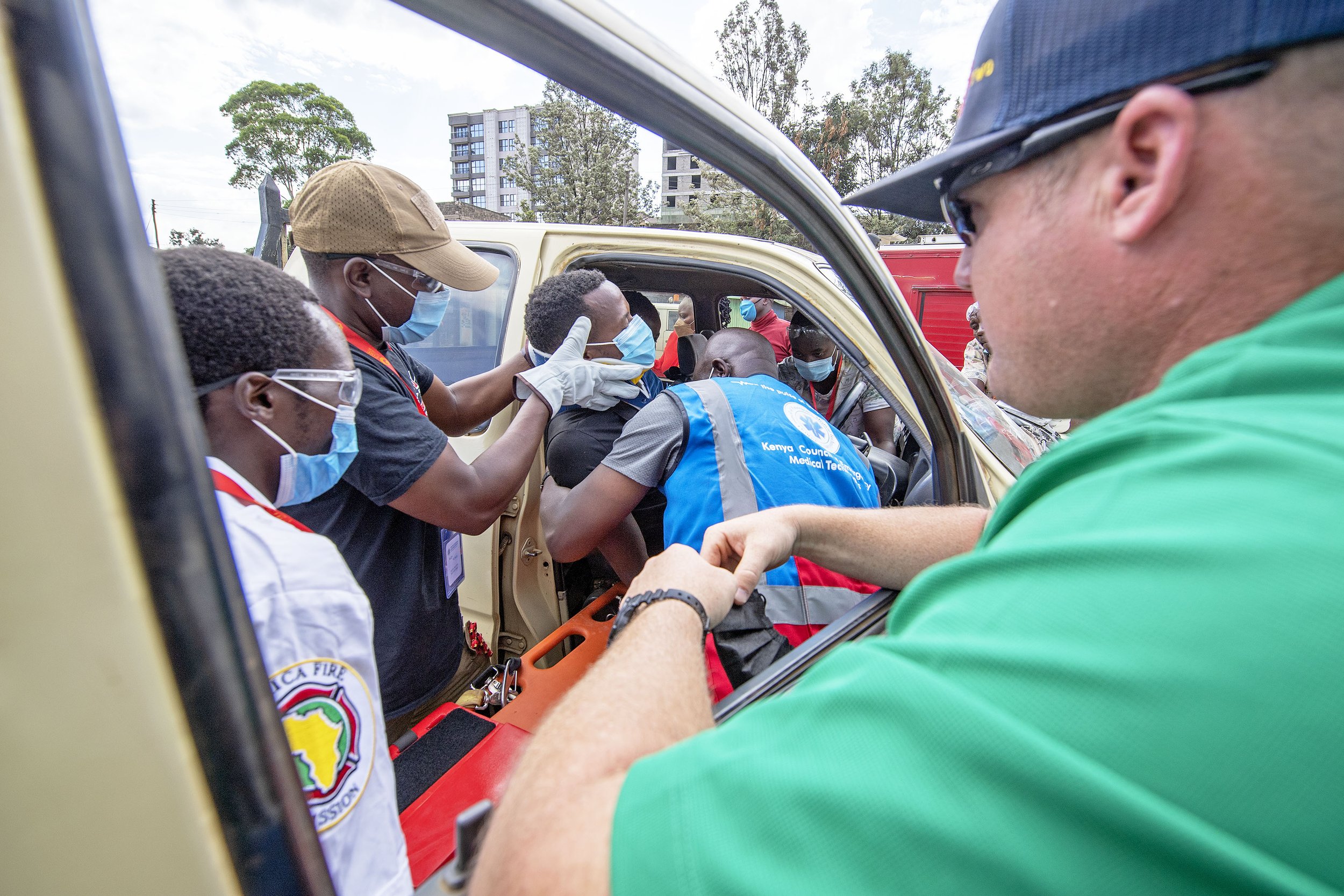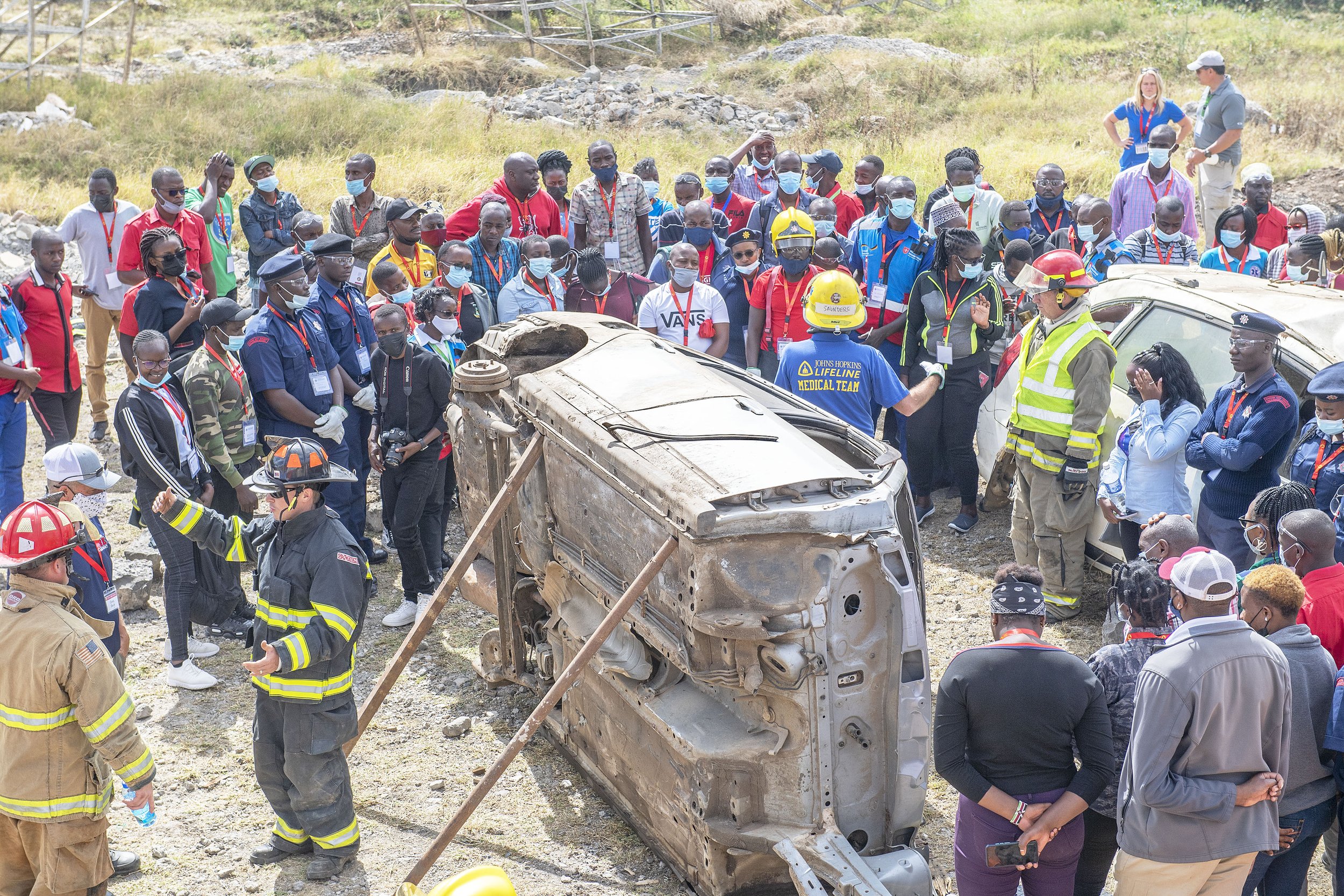Africa Fire Mission Supports Fire Service Development with White Papers
by Nancy L. Moore, LISW-S, LCSW, CPCC, Executive Director and Co-Founder of AFM
It’s hard to believe that Africa Fire Mission has been working in Africa for over a decade. Since 2012, we have been working closely to provide training and consultation to the Fire Service in Africa. While our largest program is in Kenya, we have also worked directly in Zambia, Malawi, Ghana, Nigeria and Ethiopia. We have provided consultation or equipment in other countries across Africa as well.
As we support the fire service, we continue to look for ways that we can grow our impact. Our next step in supporting the African fire service in developing communities is by providing more advocacy resources that will help leaders in Africa to be able to support a well functioning fire service. In order to support our advocacy efforts, AFM is drafting white papers to help provide quality information for African leaders to support decision making with developing programs, making equipment purchases or accepting used equipment donations.
All too often AFM has seen situations when fire service leaders know what they need and have a hard time articulating the need or justifying the costs of quality programs and equipment to the government officials making the budgetary decisions. Our hope is to provide quality information that is designed to support these advocacy efforts.
Our first white paper is now available and addresses the need for a quality Breathing Apparatus Program. Let us know what you think. More importantly, please utilize the white paper as a tool for advocacy when you need support!

